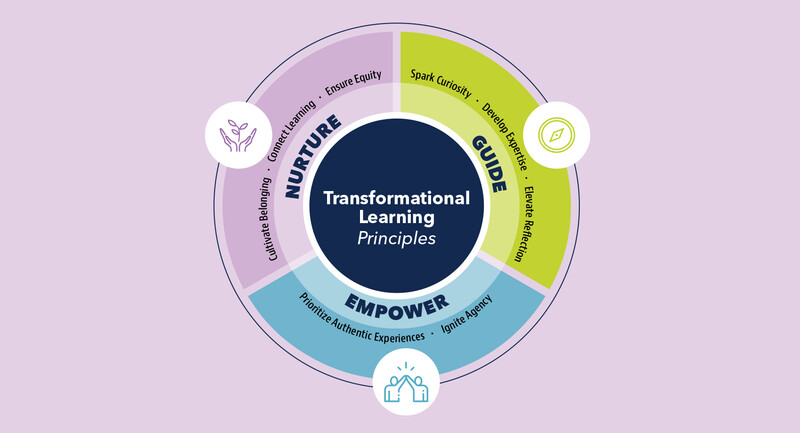How to Change: The Science of Getting from Where You Are to Where You Want to Be by Katy Milkman (Portfolio/Penguin, 2022)
A key aspect of leading for school improvement is how to guide educators at a school to successfully make changes—whether in shifting their own teaching practices or making broader changes through a schoolwide reform—with less drama or fear. But as this book by Katy Milkman (cofounder of the Behavior Change for Good Initiative) asserts, behavioral change is amazingly hard to sustain or even to start. Her book is based on years of research that she and her colleagues conducted and synthesized on what factors contribute most to making behavioral-change efforts either succeed or flop.
The breakthrough insight Milkman's team got on this question came from her knowledge of engineering and behavioral economics. "Engineers," Milkman writes, "attempt to solve problems by first identifying the obstacles to success." As in so many fields, success depends on knowing your opponent. Leading change is easier when you know which of several common barriers to change is causing people to not alter their behavior—and choose the best strategy to climb that barrier.
The book examines (with anecdotes drawing from pro tennis, Google, and other arenas) eight barriers that commonly thwart change: not getting started, short-term thinking, impulsivity, procrastination, forgetfulness, laziness, low confidence, and conformity.
Some of the research cited comes from within schools. For example, Milkman describes a Florida high school that discovered how the right strategy—offering rewards along with desired behavior—helped teachers steer students away from impulsive behavior while doing math problems: "Much to the surprise of teachers … when students were given the opportunity to enjoy snacks, music, and using magic markers while working on challenging math problems … students got more of their assignment done."
Milkman's book should have fresh insights about change to offer every school leader.









